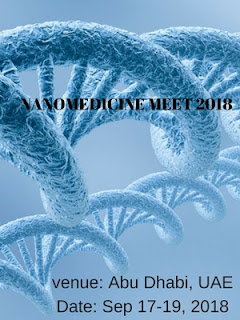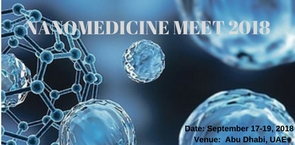Graphene, a lightweight, thin, adaptable material, can be used to improve those quality computer display screens, electric circuits, solar cells also different medical, concoction also streamlined courses "around different things. It will be comprised of a single layer of carbon atoms bonded together in a repeating pattern of hexagons.
Nanotechnology research deals with those advancement about antibacterial applications, ranging from Nanotechnology-based methodologies for bugs will antimicrobial surface coatings and wound medication with antibacterial Nanomaterials. For new work, Researchers have presently intended an antibacterial framework joining graphene quantum spots (GQDs) for a low measurements of a normal therapeutic reagent, hydrogen peroxide H2O2. Eventually utilizing GQDs, a high concentration of H2O2 – which will be unsafe with healthy tissue Furthermore actually postponements those wound recuperating – can be avoided to wound sanitization. Since those hydroxyl radicals bring a higher antibacterial activity, those transformation of H2O2 into hydroxyl radicals enhances those antibacterial execution from H2O2 toward low level, which makes it possible to avoid the toxicity of H2O2 at large amounts in wound sanitization. Qu points out that the V2O5 and magnetic iron oxide were considered to be toxic and inappropriate for the application in vivo unless via elaborate surface functionalization. Considering the excellent biocompatibility and high peroxidase-like activity of GQDs researchers have conducted the work using GQDs to improve the antibacterial activity of H2O2 for the application of wound disinfection.
The researchers have worked on band-aids holding graphene QD found over their investigations that these Graphene Quantum dot-Band-Aids indicated fantastic antibacterial property in vivo for the aid for low concentrations of H2O2.
An antibacterial framework joining "safe" carbon Nanomaterials, Graphene QD (GQDs), with a low level for H2O2 need been set forward. It has been found that the peroxidase-like activity of GQDs originates from their ability to catalyse the decomposition of H2O2, generating ·OH. Since the ·OH has a higher antibacterial activity, the conversion of H2O2 into ·OH improves the antibacterial performance of H2O2, which makes it possible to avoid the toxicity of H2O2 at high levels in wound disinfection. All the experiments in vitro display that this intrinsic activity exerts a high enhancement of antibacterial activity of H2O2, and the designed system possessed broad spectrum of antibacterial activity against both Gram-negative (Escherichia coli) and Gram-positive (Staphylococcus aureus) bacteria.



Comments
Post a Comment